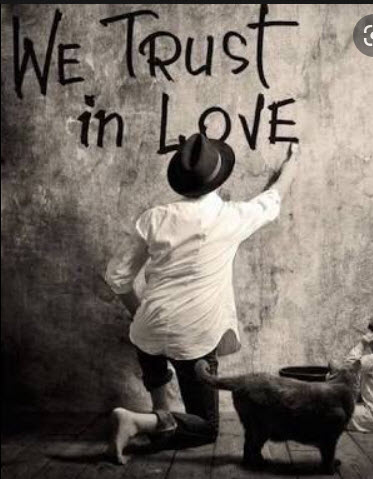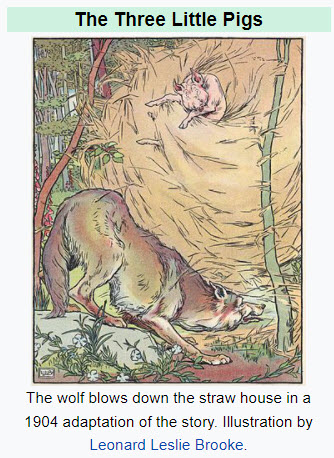Strategy. Tactics. Flow.
The marketing world is overwrought with tactics. Tactics get budgets and we all know budgets are the oxygen that drive marketing.
The total universe of marketing people, including those in allied industries advertising, web development, publishing and retailing, probably amounts to just under 75 million people globally. While I’m placing educated bets, I’d venture to say 98% of those people are involved in tactics – leaving 2% for strategy. If my math is correct that 1.5M strategists worldwide.
Of that number what percent of people are mostly concerned with the strategy of tactics? Things like “open rate,” “CTR,” “A/B tests,” and “Advertising-to-Sales Ratio?” The analytics of success and failure? A big chunk is my guess.
Early in my career while working on AT&T I learned the organizing principle that is brand strategy can be measured scientifically and plotted in a way that explains sales. No really! People’s attitudes, beliefs, and loyalties toward a brand can be tracked directly to sales. Ergo a return on brand strategy (ROBS). Returns on tactics is what concerns most marketers but doesn’t take into account consumers’ psychological proclivities. Return on tactics is all plumbing. ROBS is about the flow. And flow is what master brand strategists care mostly about.
Love to chat you up about improving your flow. Contact Steve@whatstheidea.com
Peace.










